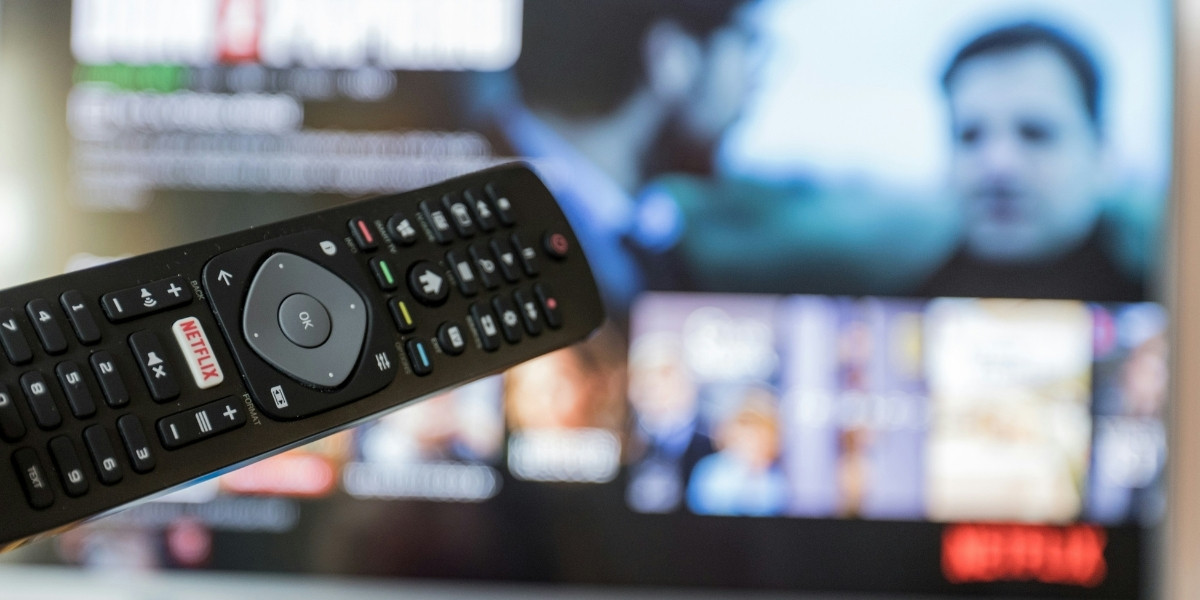What is Driving the Shift Away from Traditional Broadcast Services?
The entertainment landscape is undergoing a significant transformation, with a notable decline in subscriptions to traditional linear television services. This shift is often described as “cord-cutting,” where households choose to forgo their long-standing pay television providers. A primary driver behind this movement is the increasing cost of comprehensive programming packages. Many consumers find themselves paying substantial monthly fees for hundreds of channels, a large majority of which they rarely, if ever, watch. This perception of poor value for money has pushed countless households to explore more cost-effective alternatives for their entertainment needs.
Read Also: What’s Next for Streaming Services and Digital Content?
Beyond the financial aspect, the evolution of how people consume media plays a crucial role. Viewers today prioritize flexibility and control over their viewing experience. Traditional linear television operates on a fixed schedule, dictating when specific programs are aired. This rigid structure no longer aligns with the modern viewer’s desire to watch what they want, when they want, and on the device of their choosing. The inconvenience of missing a favorite show or having to record it has become a major point of frustration for many, prompting them to seek out platforms that offer on-demand access to content.
The rise of high-speed internet connectivity has also been instrumental in accelerating this change. With reliable broadband widely available, streaming content seamlessly has become the norm. This technological advancement provides the necessary foundation for alternative viewing methods to flourish, making the transition away from traditional broadcast services not just desirable but also technically feasible for a growing number of people. The ease of access and minimal setup required for internet-based viewing further solidifies its appeal over more complex traditional television installations.
How Do Streaming Services Contribute to the Decline of Linear Television?
Streaming services have emerged as the leading alternative to traditional linear television, fundamentally reshaping the entertainment industry. Platforms like Netflix, Hulu, Disney+, and many others offer vast libraries of movies, television shows, and original content, all accessible on demand. This extensive selection, often at a fraction of the cost of a full traditional programming package, provides compelling value. Consumers can curate their own entertainment bundles by subscribing only to the services that host the content they genuinely wish to watch, avoiding the bloated channel lineups of older providers.

Photo Credit: Unsplash.com
The ability to binge-watch entire seasons of a show without waiting for weekly broadcasts is another major draw of streaming. This personalized viewing experience caters directly to contemporary viewer preferences, allowing for uninterrupted storytelling that traditional linear television struggled to replicate. Furthermore, many streaming services are investing heavily in producing exclusive, high-quality original content, which acts as a powerful magnet, drawing viewers away from conventional broadcast schedules in search of unique and compelling narratives.
The convenience offered by streaming services extends to multi-device accessibility. Viewers can seamlessly switch between watching on their smart televisions, tablets, smartphones, and computers, offering unparalleled freedom and flexibility. This mobility means entertainment is no longer tied to a living room television set, but rather available wherever an internet connection can be found. This adaptability stands in stark contrast to the often more restrictive nature of traditional linear television viewing, contributing significantly to its declining subscriber base.
What Are the Economic Impacts of Cord-Cutting on the Traditional TV Industry?
The increasing trend of cord-cutting has profound economic implications for the traditional television industry. As millions of subscribers discontinue their services each year, providers of long-established pay television face a steady decline in their primary revenue stream. This loss of subscription fees puts immense pressure on their business models, forcing them to re-evaluate strategies and consider new approaches to maintain profitability. The once-dominant market position of traditional television is eroding, leading to significant financial challenges for major players in the sector.
Beyond direct subscription losses, the advertising revenue model of traditional television is also suffering. As viewership shifts to streaming platforms, advertisers are increasingly redirecting their budgets to digital channels where they can target specific demographics more effectively and measure campaign performance with greater precision. This diversion of advertising dollars further strains the financial viability of conventional television networks, which historically relied heavily on ad sales to fund programming and operations. The reduced advertising income creates a difficult cycle, potentially leading to less investment in new content and a leaner offering.
In response to these economic pressures, some traditional television companies are adapting by entering the streaming market themselves, often offering their own over-the-top services or “skinny bundles” that provide a more curated selection of channels at a lower price. Others are focusing more on their internet service provider (ISP) businesses, recognizing that strong broadband connections are essential for streaming. However, this adaptation requires significant investment and a fundamental shift in business strategy, highlighting the transformative impact cord-cutting has had on the economic landscape of the traditional television industry.
Will Traditional Television Services Completely Disappear in the Future?
While the narrative often portrays the “death” of traditional television services, a complete disappearance is unlikely in the near future. These services still maintain a substantial customer base, particularly among older demographics who may prefer their simplicity and established channel lineups. For some, the familiar experience of flipping through channels remains a comfortable and preferred method of content discovery. The widespread infrastructure already in place also represents a significant asset that cannot be easily replicated or abandoned overnight, ensuring continued availability for a segment of the population.

Photo Credit: Unsplash.com
Live events, particularly major sports and breaking news, continue to be a strong draw for traditional television. Despite some sports rights moving to streaming platforms, a significant portion of live programming, especially local news and major sporting events, remains primarily accessible through traditional broadcast or pay television subscriptions. This aspect provides a crucial differentiator that still keeps many viewers tied to their established services, as the real-time, communal experience of watching live events is difficult for on-demand services to fully replicate without significant technical and licensing challenges.
Instead of outright vanishing, it is more probable that traditional television will continue to evolve and adapt. This could involve further integration with streaming services, offering hybrid packages that combine linear channels with on-demand content, or shifting their core business more towards broadband provision. The industry is in a phase of strategic reinvention, seeking ways to remain relevant in a rapidly changing media environment. While its form and prevalence may change, traditional television may find a niche in a more fragmented, personalized entertainment ecosystem rather than disappearing entirely.
How Can the Traditional TV Industry Adapt to Changing Viewer Habits?
To remain competitive in the evolving media landscape, the traditional television industry must implement significant adaptations to align with changing viewer habits. One crucial step is to offer more flexible and customizable programming packages. The traditional “hundreds of channels for one price” model is no longer appealing to many consumers. Allowing viewers to select smaller, more focused bundles of channels they genuinely want to watch could significantly improve perceived value and stem subscriber losses. This “a la carte” approach, even in a limited form, better caters to individual preferences.
Improving the user experience is another vital area for adaptation. This includes developing more intuitive interfaces for set-top boxes, integrating seamless on-demand access to content within their own platforms, and enhancing the ability to watch programs across multiple devices. By making their services as convenient and user-friendly as streaming platforms, traditional television providers can reduce one of the major pain points for modern viewers. Investing in advanced technology that supports personalized recommendations and easier content discovery could also help retain existing subscribers and attract new ones.
Read Also: How Artists Can Break Out of the Country Music Stereotype
Finally, emphasizing unique value propositions, particularly in areas like local news and live sports, could be key. While streaming services are acquiring more sports rights, traditional television still holds a significant share. Highlighting the immediate, reliable access to live events, combined with a focus on comprehensive local news coverage that streaming services often lack, can help carve out a distinctive and valuable role. The future for traditional television likely involves a strategic blend of leveraging existing strengths while embracing the flexibility and personalization that modern viewers now expect from their entertainment options.














